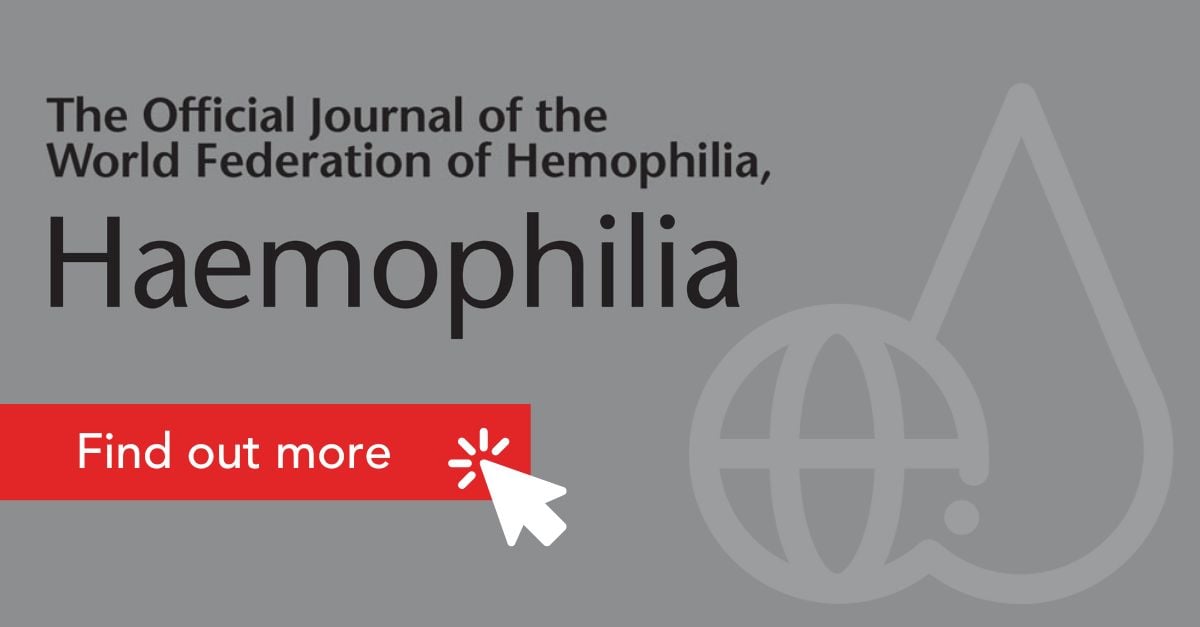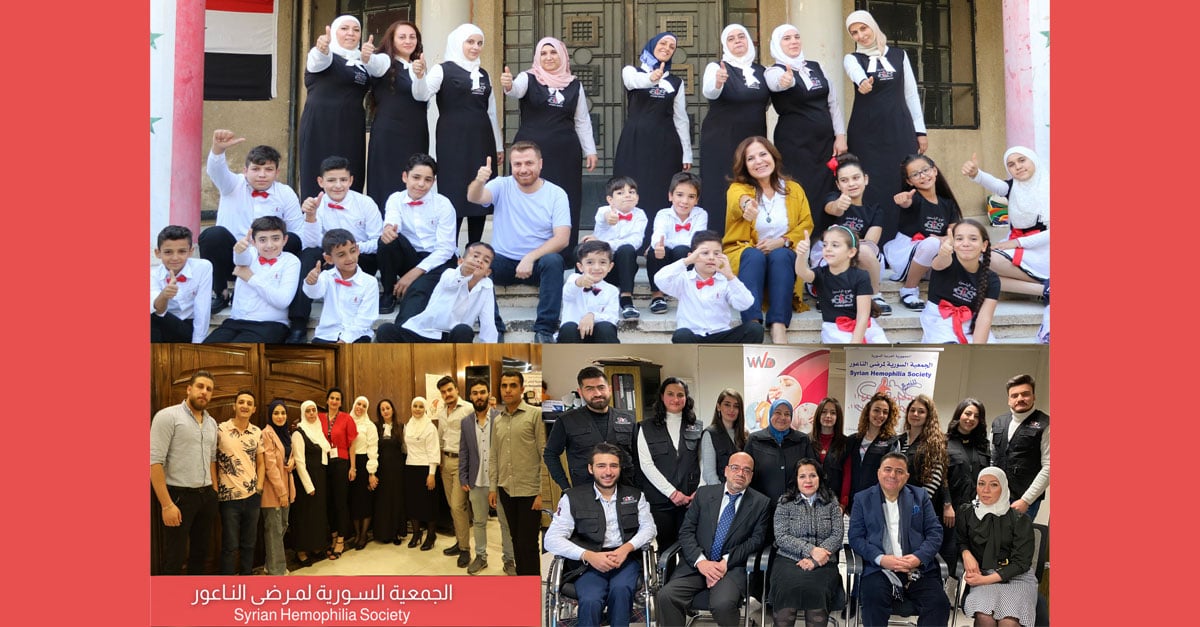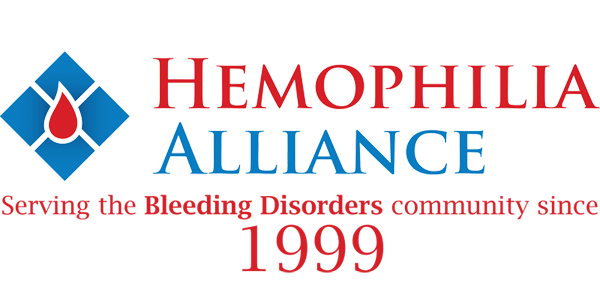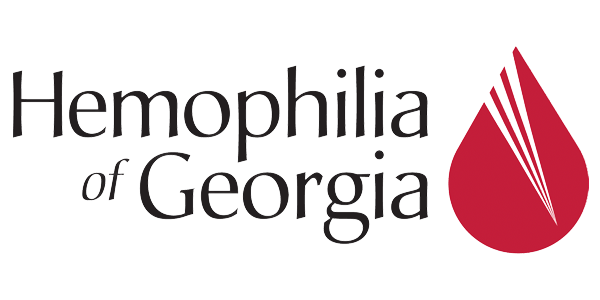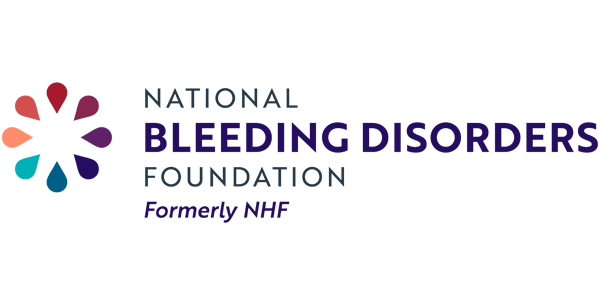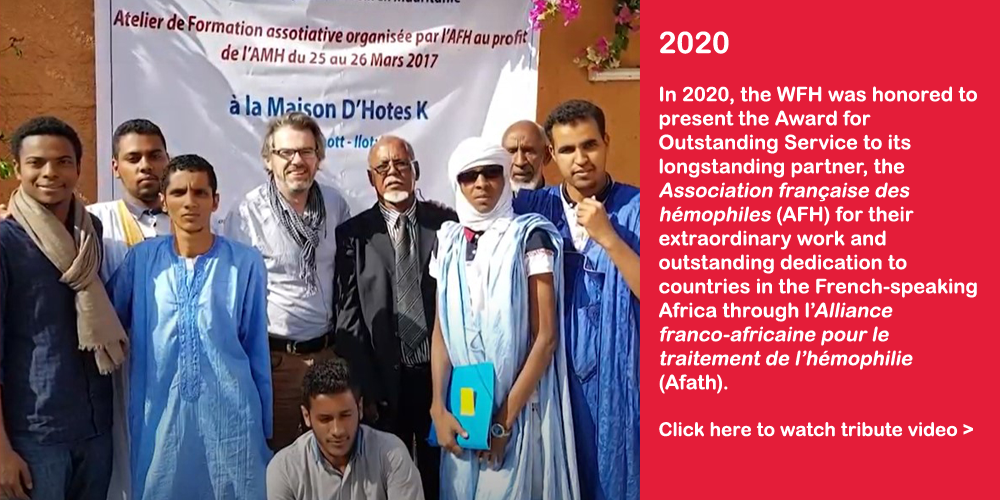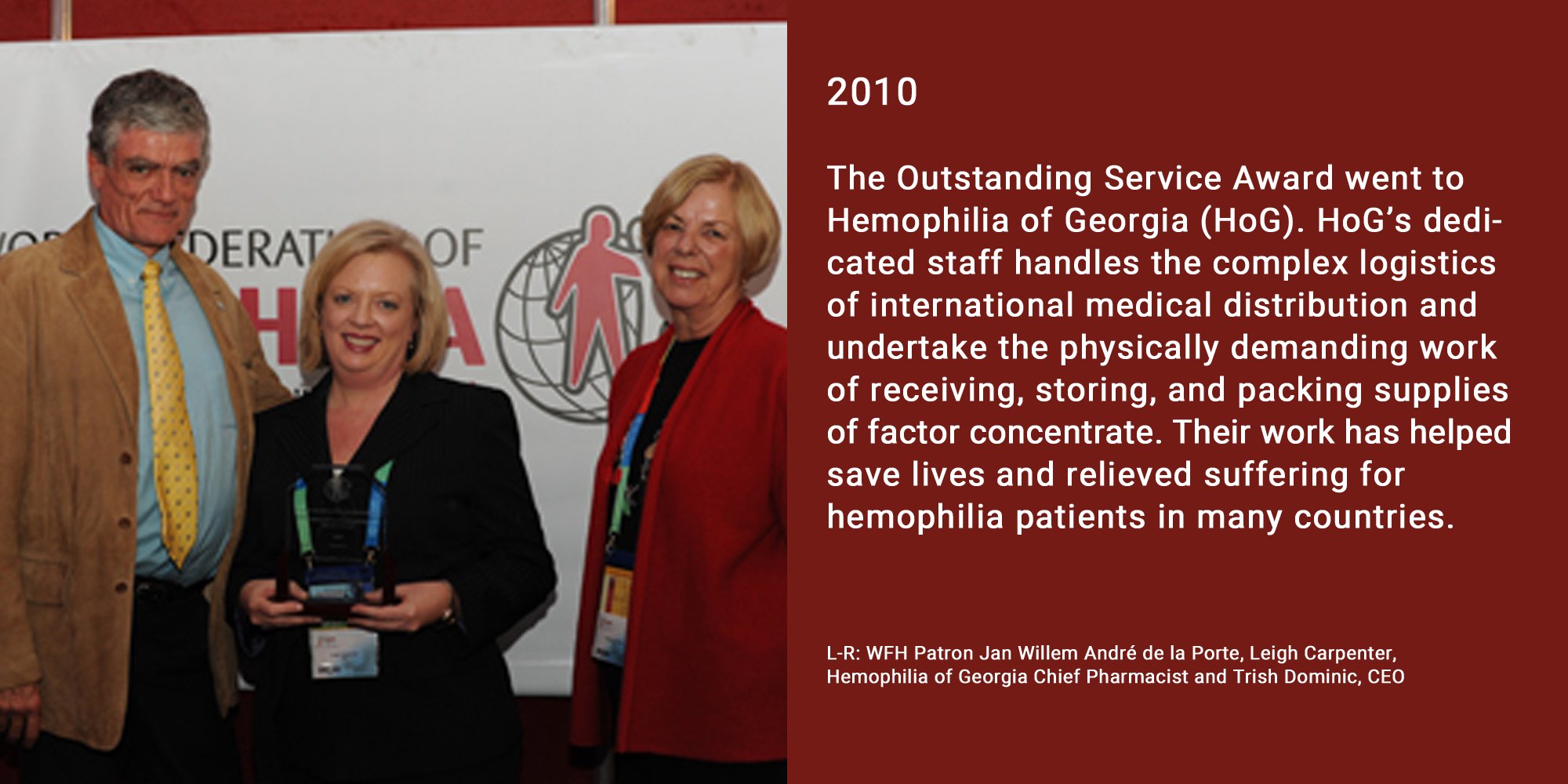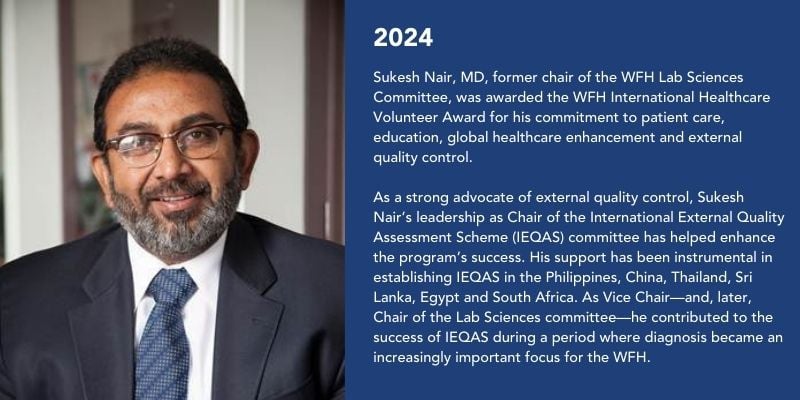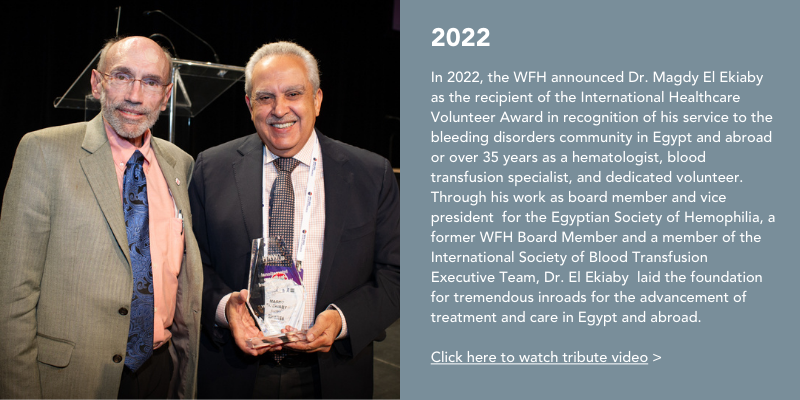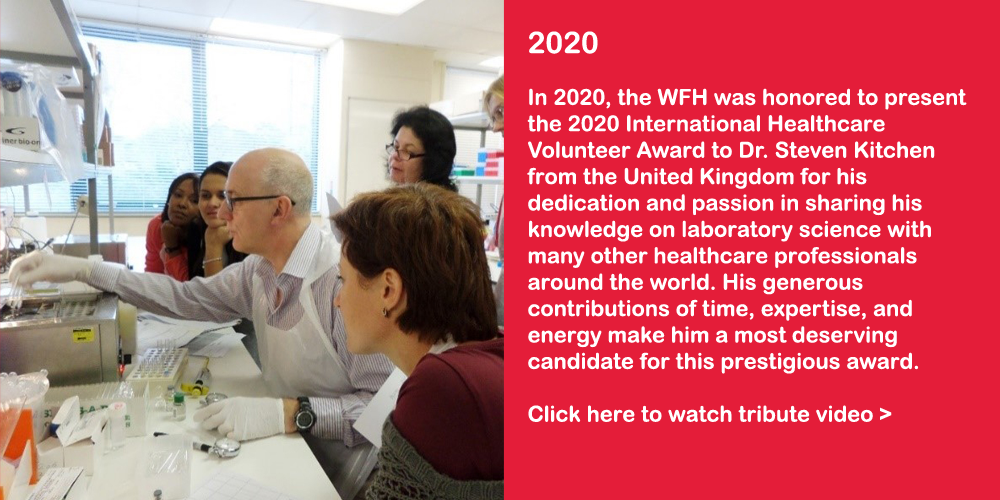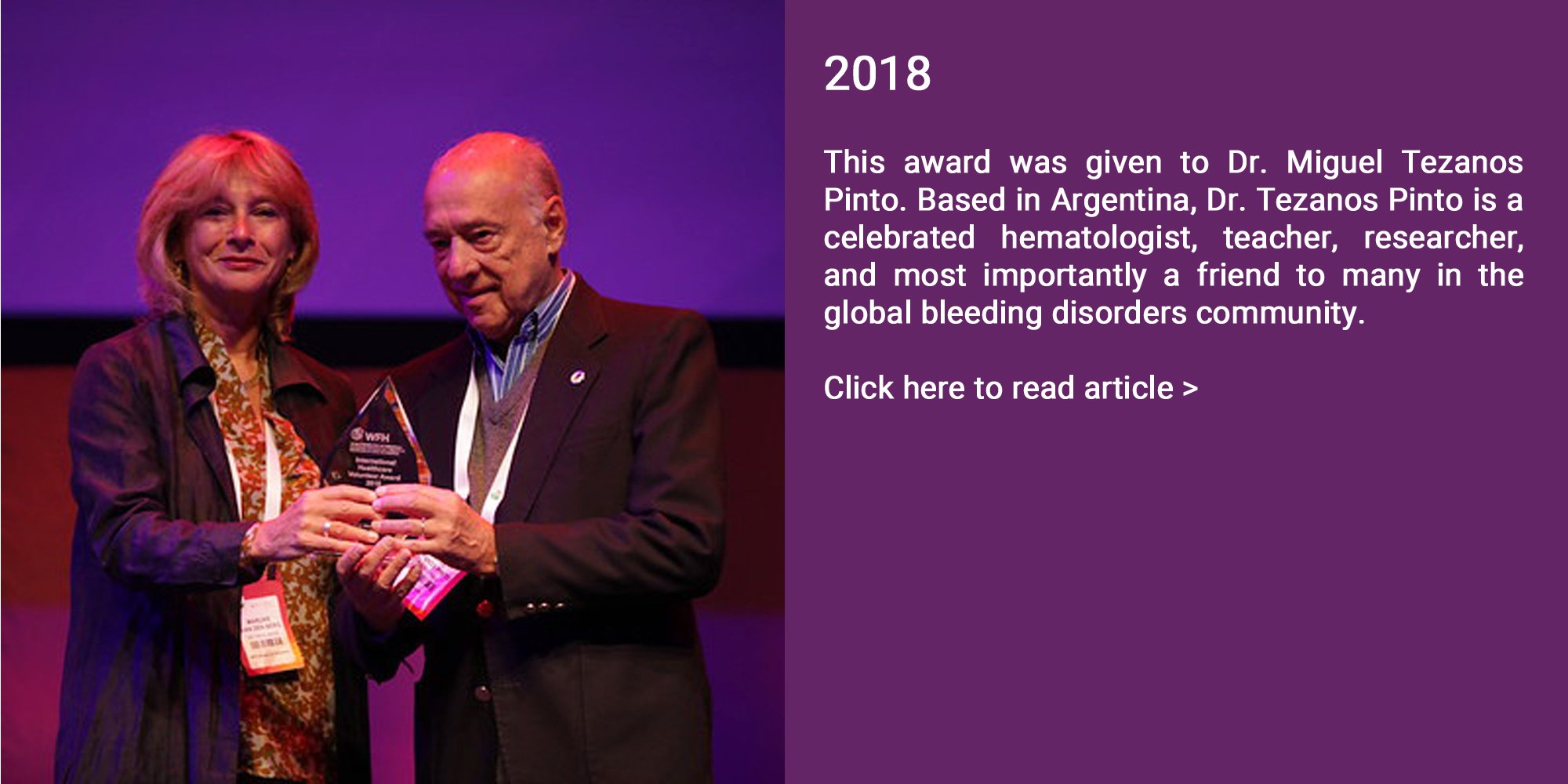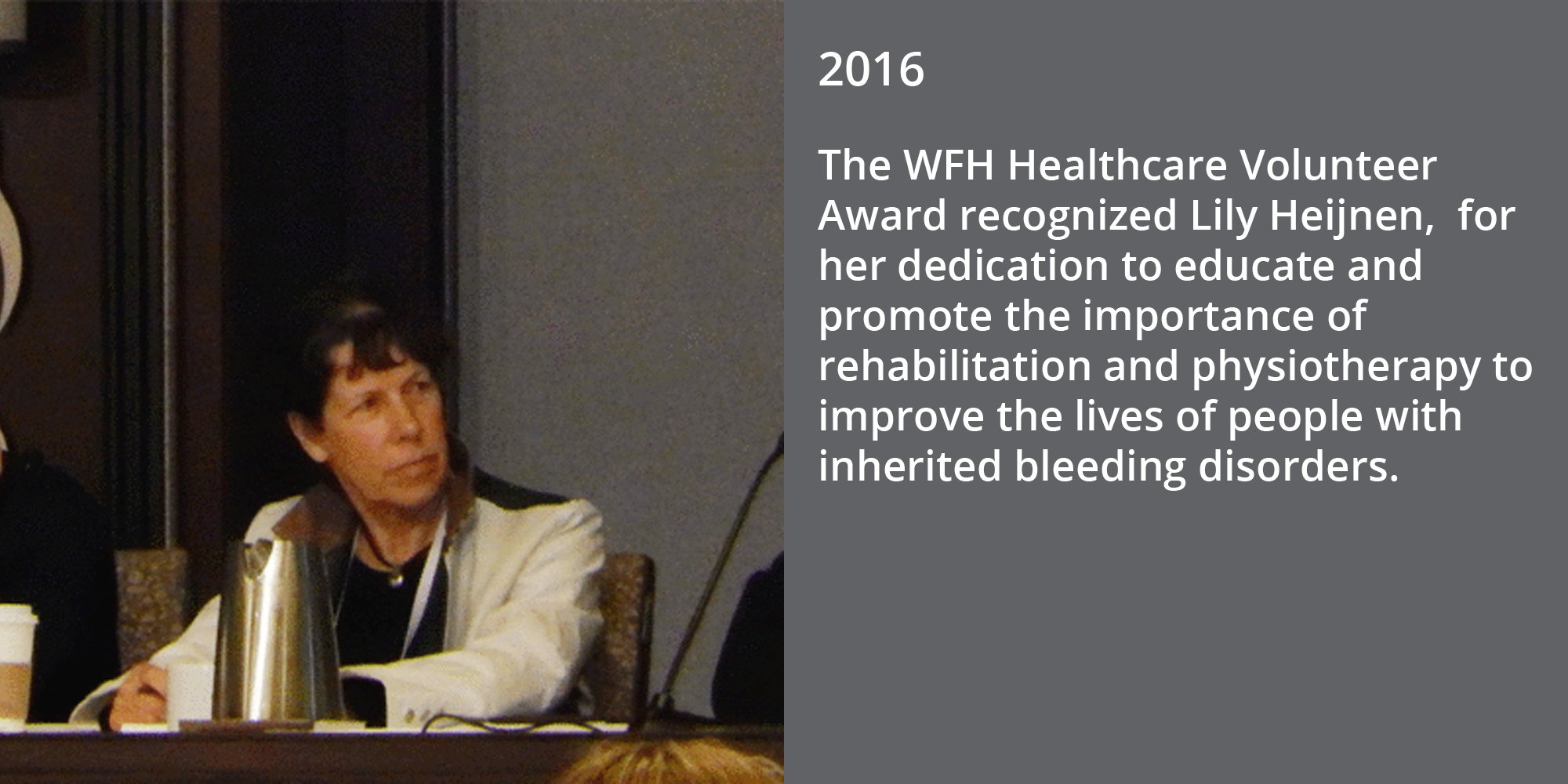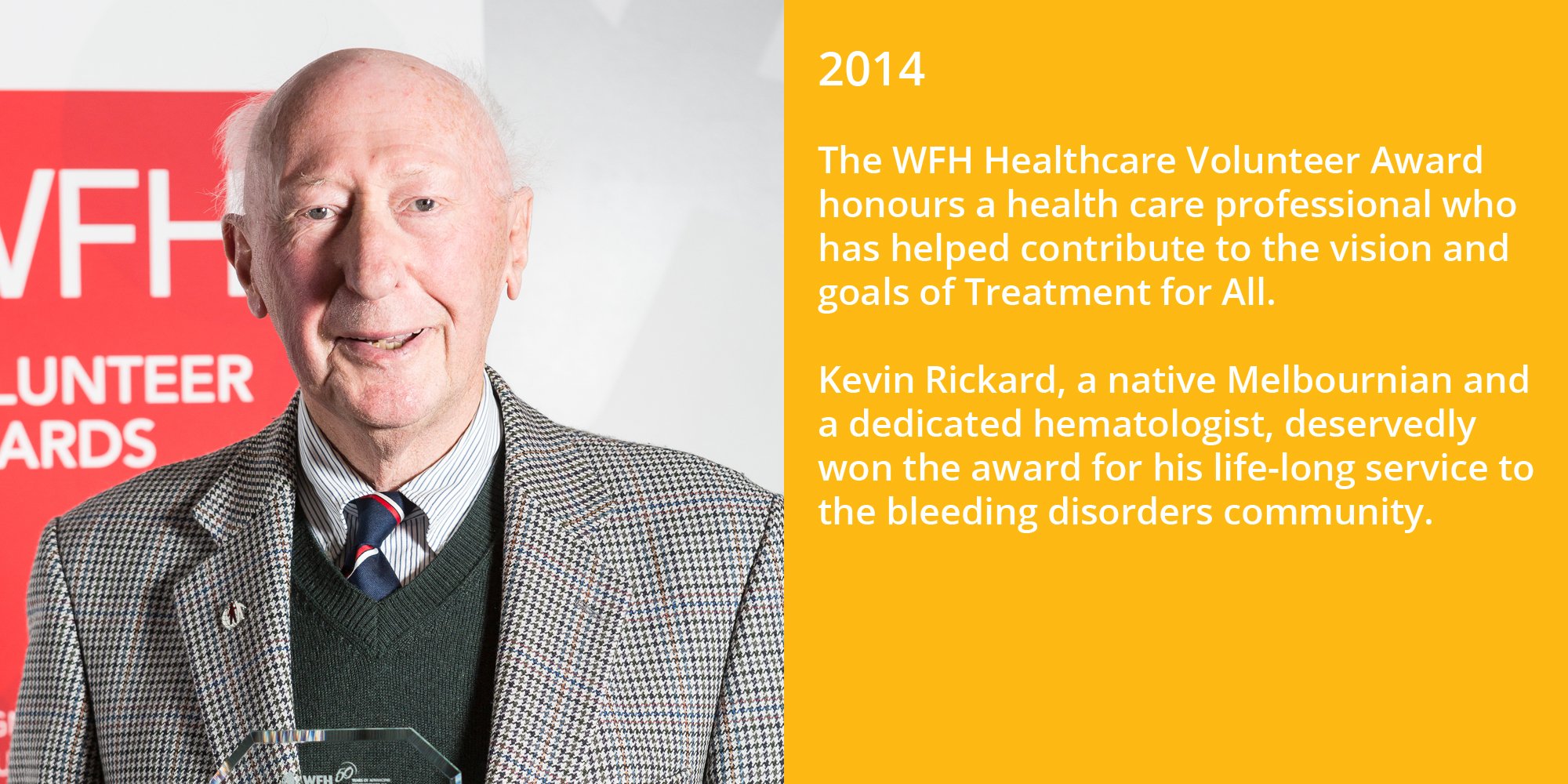NMO name | Syrian Hemophilia Society |
Location | Damascus |
Founding date | 2007 |
Active members | 24 |
PWBDs served | 1,626 |
Website* |
The following answers have been edited for clarity.
What are your vision and mission?
Our vision is that one day hemophilia is no longer a disability-causing disease. Our mission is to make treatment available to all patients by ensuring that there are no interruptions of factor supplies at hospitals; to increase the awareness of hemophilia in the healthcare community by training healthcare providers; and to educate patients and their families so they can better understand the condition.
Which services do you offer your bleeding disorders community?
We offer training for lay and medical specialists; a strong lab that provides accurate diagnosis; medical consultations; access to factor and prophylaxis for children under seven years of age; access to non-factor replacement therapies; chemical synovectomy; and social support for PWBDs and their families. We feel we do a lot—but there is always so much more that can be done.
What is something you wished you’d known prior to founding your organization?
We wish we’d been more aware of the successes and lessons learnt from other NMOs in our region. It would have been helpful to have learned more about how they started, which first steps they took, how they prioritized different activities, etc.
What are the challenges you face?
Our major challenge is a lack of general awareness within the community about bleeding disorders. And a lack of specialized medical knowledge among healthcare providers about how to correctly treat bleeding episodes, both to save lives and to avoid joint arthropathy. We have tried to overcome this by investing a lot in outreach and awareness-raising campaigns and the production of educational materials. We have also followed an external communications plan focused on systematic awareness via social media. We have also leveraged World Hemophilia Day to both talk about the community and run lay and medical training workshops, including scientific seminars for HCPs and educational activities for PWBDs and their families.
Are you working with other NMOs in your region?
In Syria we’re collaborating with other NGOs such as the Syrian Family Planning Association, the Syrian Arab Red Crescent, and Children’s Villages. In the Middle East, we’re collaborating closely with other NMOs. We often invite speakers from other countries to join (virtually) our educational and medical training activities. We also share our learnings with other NMOs so they can benefit from our experience.
What was your main achievement of 2021/2022?
We held self-infusion workshops for PWBDs and their family members. This was implemented in Damascus, Homs, Hama and Aleppo. A total of 228 PWBDs and their parents participated in these sessions. We also held outreach and awareness campaigns. For example, a VWD campaign we implemented in collaboration with the Syrian Family Planning Association covered three cities: Damascus, Homs and Lattakia and reached 882 women. We are also proud of our advocacy efforts, which included advocating for the expansion of prophylaxis and the use of non-factor replacement therapy.
What are the main challenges that bleeding disorder community faces in your country?
Access to equitable care for PWBDs in all regions. Also, having more trained medical personnel and more hemophilia treatment centres (HTCs) to serve PWH in remote areas where there are transportation limitations (cost and distance) that put the lives of our community members at risk. We are currently working with Ministry of Health and other partners in Syria to address some of these issues.
What improvements do you feel your NMO has brought to the community since your founding?
We feel we have helped improve outreach and identification, and thus the number of people who have been diagnosed. We have also helped to increase the awareness of bleeding disorders in Syrian society in general. Through prophylaxis, we have helped to prevent PWBDs in the country from developing musculoskeletal complications. We have also helped increase outreach and identification for von Willebrand disease (VWD).
As part of your advocacy work, did you try to influence national government to achieve change in policies affecting bleeding disorders?
We are currently working in close collaboration with the Ministry of Health. The MOH is leading a project to improve the hemophilia care strategy at the national level. Our experiences so far have taught us that the government is a key partner, and that continuous work ultimately leads to the desired positive changes in terms of improving access to care.
How do you envision the future of the bleeding disorder community in your country?
We feel the future holds a lot of promise. We are on the right track for improving care and increasing access to care. The goal is to make it possible for Syrian PWBDs to live normal lives, so children don’t have to miss school, adolescents can complete their high school and university studies, and adults who graduate can secure jobs and contribute to society.
How would you describe your experience of collaborating with the WFH?
We have a very strong relationship with the WFH, which has always supported and encouraged us. Through the WFH, our NMO has enjoyed access to resources and training, and greater exposure to networking opportunities. This has helped play a key role in improving the situation for the bleeding disorders community in our country. In short, thank you, WFH!
To read about the way the WFH and NMOs collaborate to make a difference in local bleeding disorders communities, please read “National member organizations: the heartbeat of the WFH” here.
To read more stories in this series, please click on one of the links below:
Federación de Hemofilia de la República Mexicana (Mexico): click here.
Asociación Costarricense de Hemofilia (Costa Rica): click here.
Haemophilia Association of Mauritius Mauritius): click here.
* Disclaimer: This is an external website, and its content has not been developed nor endorsed by the WFH.
